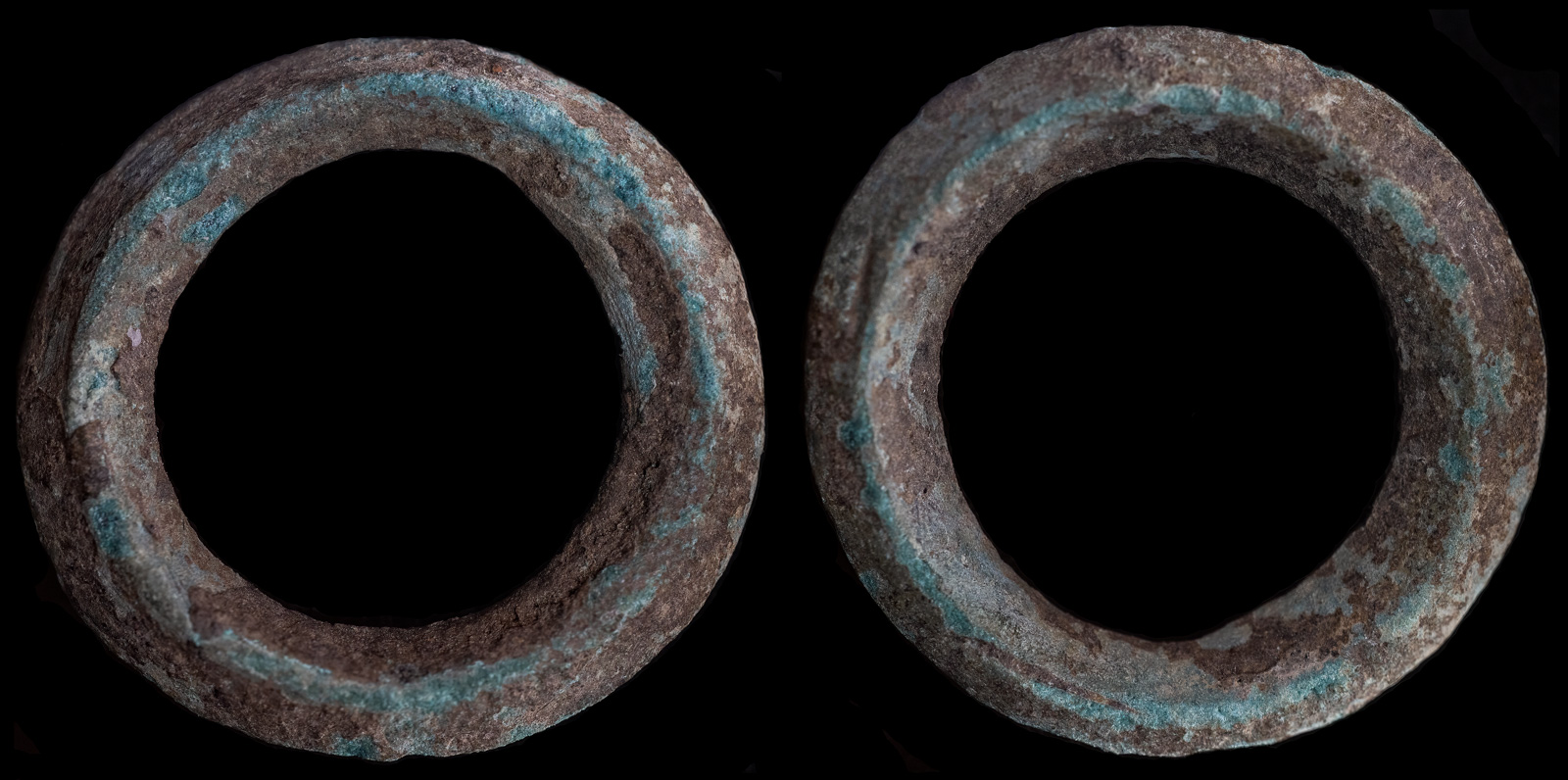Ring
View All Tags
One of the most prominent reasons for the ring-shaped coins may have been their ease of use as personal ornaments or jewelry. Celtic society placed significant value on objects that were both functional and decorative, and coins that doubled as wearable items could easily be carried, exchanged, or displayed. The ring shape allowed these coins to be strung together as necklaces or worn as bracelets, making them portable and valuable not only in economic transactions but also as symbols of wealth and status.
Another possible reason for the ring-shaped design is its connection to Celtic symbolism. The circular form is rich in meaning, representing concepts such as eternity, wholeness, and continuity—ideas that were integral to Celtic spiritual beliefs and their reverence for nature and cyclical patterns. The shape of a ring could thus symbolize both the unbroken flow of time and the cyclical nature of life, making these coins more than mere tools for trade; they may have also had spiritual significance, reinforcing the Celts’ worldview.
The ring-shaped coins also may have had practical advantages in the context of the Celtic economy. Their size and shape made them more durable and harder to counterfeit compared to traditional flat coins. The design allowed for the easy stacking and handling of the coins, which were sometimes made of precious metals like gold or silver, lending them a certain intrinsic value beyond their function as currency.

Celtic ‘ring money’
c. 2nd century BCE
16mm 2.09g
Ex Ryro Collection